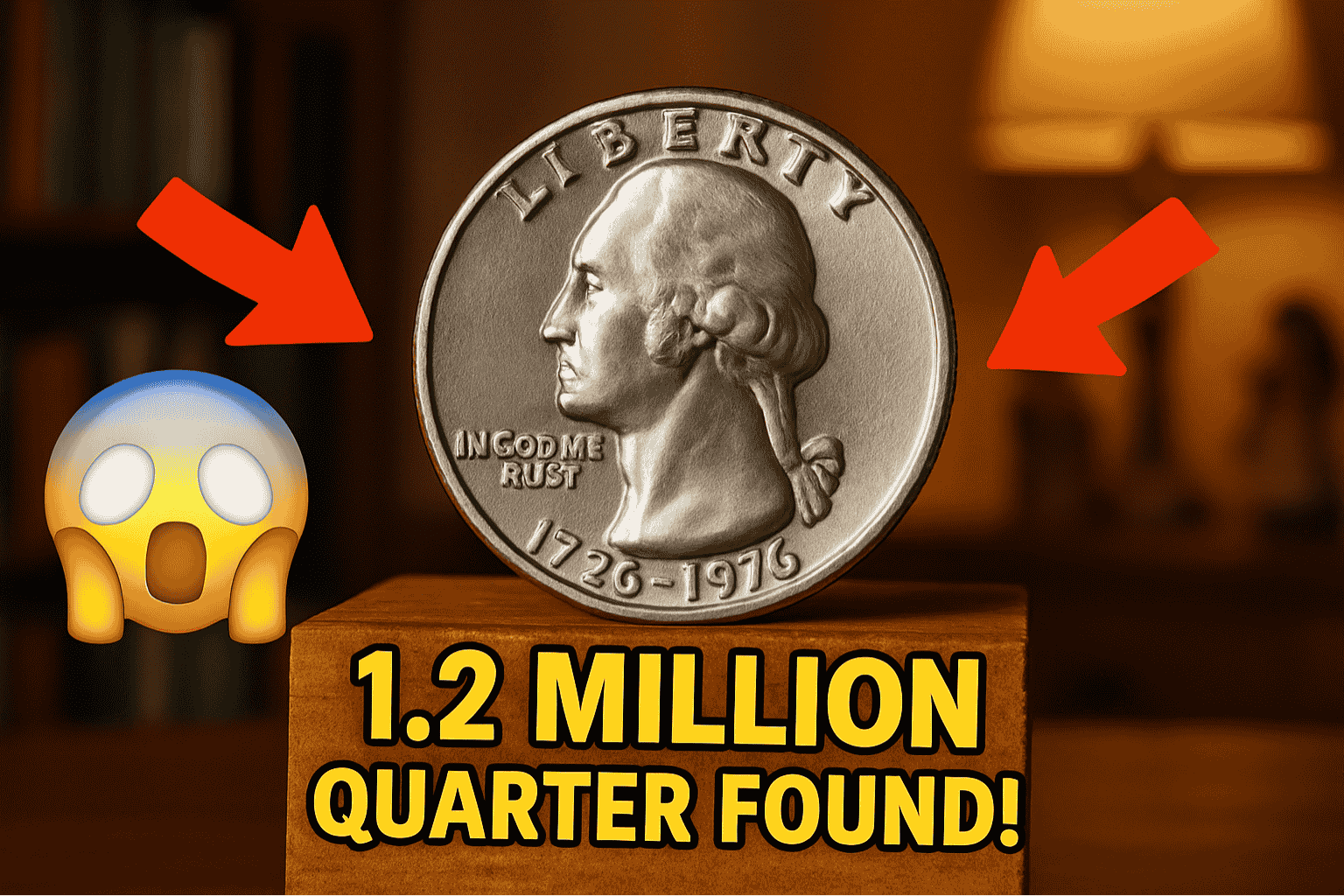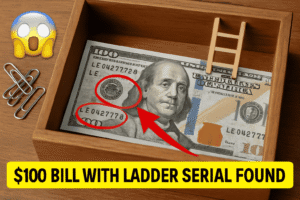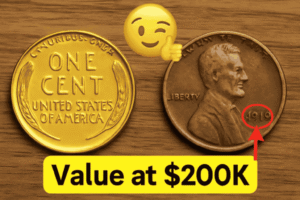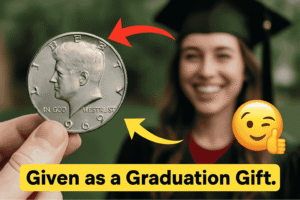You know that clink of coins dropping into a piggy bank? It’s usually the sound of spare change… a few cents here, a few bucks there if you’re lucky. But imagine this: someone cracks open their dusty, forgotten piggy bank—probably hunting for gas money or Taco Bell cash—and boom. They’re suddenly staring down at a quarter worth more than most houses.
Yep. One ordinary-looking Bicentennial Quarter turned out to be a rare gem—valued at over $1.2 million.
The Quarter That Partied Like It Was 1776
First, a little backstory. In 1975 and 1976, the U.S. Mint released a special edition quarter to celebrate the nation’s 200th birthday. Instead of the classic bald eagle on the back, these quarters featured a colonial drummer boy (complete with the vibes of Hamilton) and a torch surrounded by 13 stars.
Patriotic? For sure. Valuable? Usually… not so much.
Over 1.6 billion of these quarters were minted. That’s billion with a B. So, 99.999% of them are only worth—yep, still—25 cents. But the magic lies in the exceptions.
What Made This Quarter a Jackpot in Disguise?
Let’s break it down. This $1.2 million quarter isn’t your everyday pocket change. Here’s what could have pushed it into unicorn territory:
| Feature | Why It Matters |
|---|---|
| Minting Error | Rare mistakes like double-strikes, misalignments, or off-metal errors can skyrocket value. |
| Material | Some Bicentennial Quarters were struck in 40% silver, mainly for collectors. Even rarer versions might use unexpected metal. |
| Condition | If it’s untouched—no scratches, no pocket time—it could be mint state or even a proof coin. |
| Historical Rarity | Fewer coins were made in special editions. A rare combo of condition + error = money . |
The coin found in the piggy bank probably checked all those boxes. Still, it took an expert to figure that out. At first glance? Just another quarter. After a bit of research and a visit to a coin pro? Cue the gasps and champagne.
Treasure in Your Junk Drawer? Maybe…
Nobody knows for sure. A few error coins from the Bicentennial run have been documented, but experts believe more could still be hiding in plain sight—in old coin jars, grandma’s sewing kit, glove compartments… or yeah, inside a literal piggy bank.
Think about it. Millions of people tossed those special quarters into savings jars back in the ‘70s. They weren’t seen as valuable, just festive. Some people even held onto them for nostalgia. That patience may finally be paying off.
How to Check if You’ve Got a Quarter with a Six-Zero Twist
Not every old coin is valuable, but here’s what to keep an eye out for:
- Is it a Bicentennial Quarter? (Look for the 1776–1976 date and the drummer boy)
- Is it silver? Try the “ring test” or weigh it—silver coins are heavier than clad coins
- Is there anything weird? Misprints, odd colors, doubled images
- Is it in mint condition? No scratches, dings, or discoloration
If you’ve got one that looks promising, don’t clean it. Seriously. Leave the gunk. Cleaning a coin can destroy its value faster than a kid with a marker on white walls.
Take it to a reputable coin dealer or appraiser. Bonus points if they’re part of the American Numismatic Association (ANA).
So, Should You Start Digging Through Coins?
Honestly? Why not. You’re not gonna find a hidden fortune in every coin roll, but it’s a fun hobby—and who knows? You might just find that one in a billion.
And even if you don’t strike it rich, there’s something oddly satisfying about hunting for hidden treasure. Plus, worst-case scenario? You’ve got quarters for the laundromat.
FAQs
How do I know if my Bicentennial Quarter is rare?
Look for mint errors, silver content, and perfect condition. If it stands out, get it checked by a coin expert.
Are all silver Bicentennial Quarters valuable?
Some are, especially if they’re in pristine condition or have errors. Most are worth a few dollars—but some rare ones can be worth thousands.
Can I clean my old coins to make them look nicer?
Nope. Please don’t. Cleaning coins often lowers their value. Experts prefer them in their original state—even if they’re dirty.
Where can I get my coin appraised?
Visit a reputable coin dealer, preferably someone certified by the American Numismatic Association. Avoid sketchy online buyers.
Could I really find a valuable coin in spare change?
It’s rare, but yes. People have found valuable coins in circulation. Curiosity pays.



